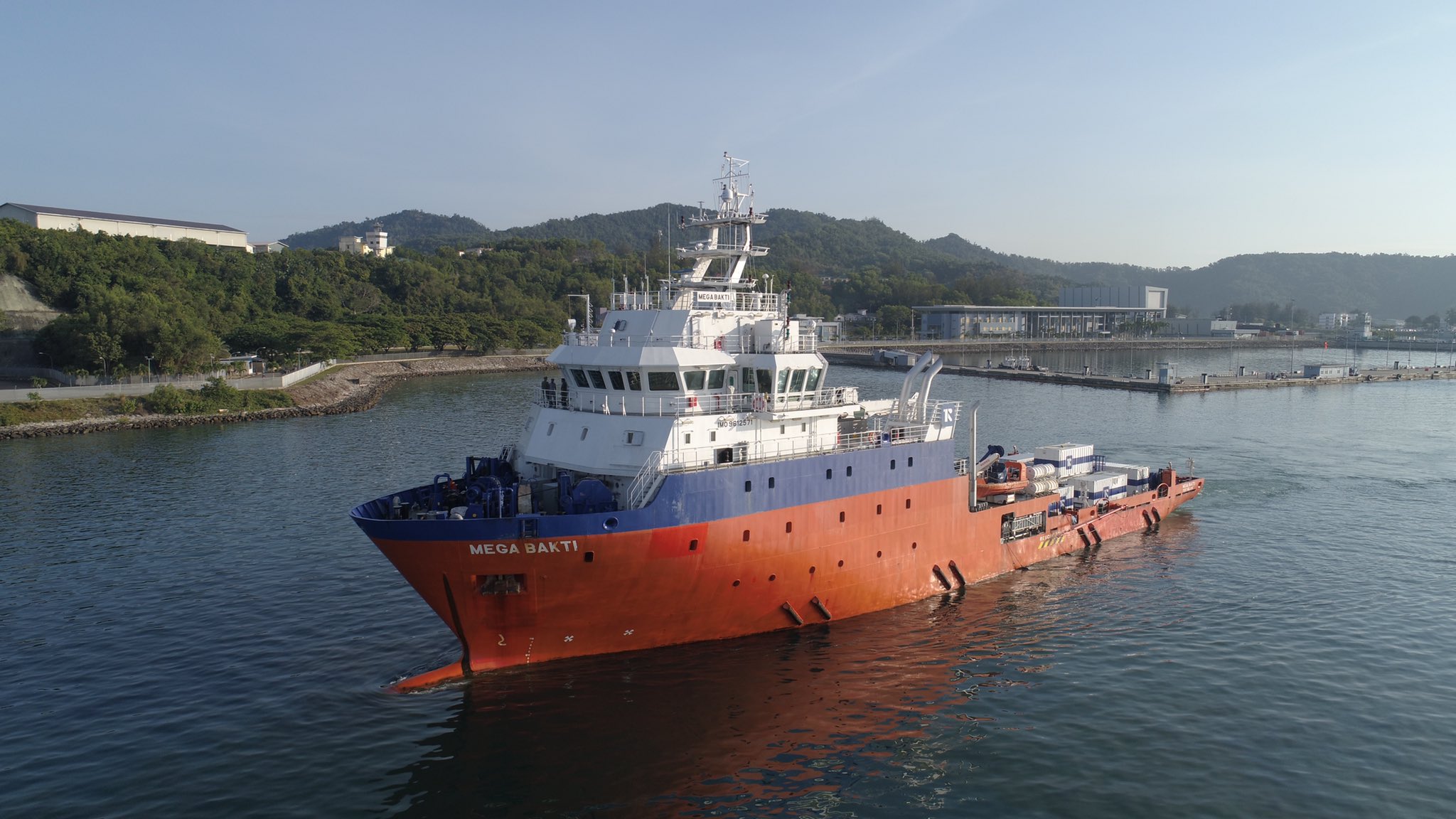
SHAH ALAM: MV Mega Bakti, the RMN submarine rescue vessel has sailed from Kota Kinabalu this morning to join the multinational search and rescue operation for missing Indonesian Navy submarine KRI Nanggala diesel submarine. Mega Bakti is expected to arrive at search location some 60nm north off Bali island on April 25, says a press release issued by the Defence Ministry today.
The ship carried 44 crew as well as 54 RMN personnel with seven officers and three Malaysian Armed Forces medical specialists. The mission is headed by Commander Mohd Hairul Fahmy who is the designated Coordinator Rescue Force.
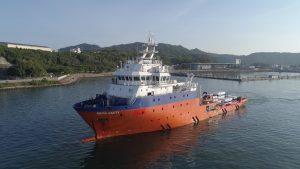
This will be the second SAR mission conducted by Mega Bakti, a ship leased by the ministry for submarine rescue. Among the equipment carried by Mega Bakti is the remotely operated intervention vehicle (IROV) with an operating depth of 650 metres and two, six-men decompression chamber.
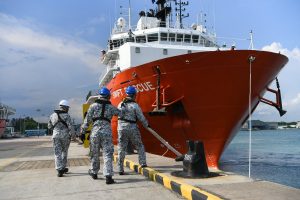
Apart from Malaysia, Singapore, Australia and India are also sending their submarine rescue vessel. Singapore’s MV Swift Rescue vessel was dispatched yesterday’s afternoon after the Indonesian navy asked for help to find the missing sub.
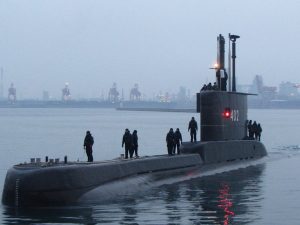
Nanggala pennant number 402 was conducting a simulated torpedo firing when it lost contact with the navy. The submarine was supposed to take part in a live firing exercise involving other Indonesian Navy ships in the area later this week.
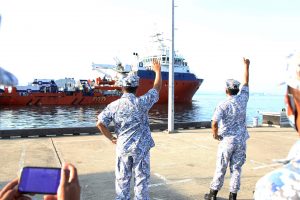
Some 53 personnel were on board the submarine more than the usual number of 33 crew likely as part of the torpedo firing exercise. As of article is posted, the Indonesian Navy has yet to find the exact location of the missing submarine.
— Malaysian Defence


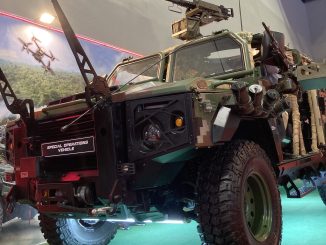
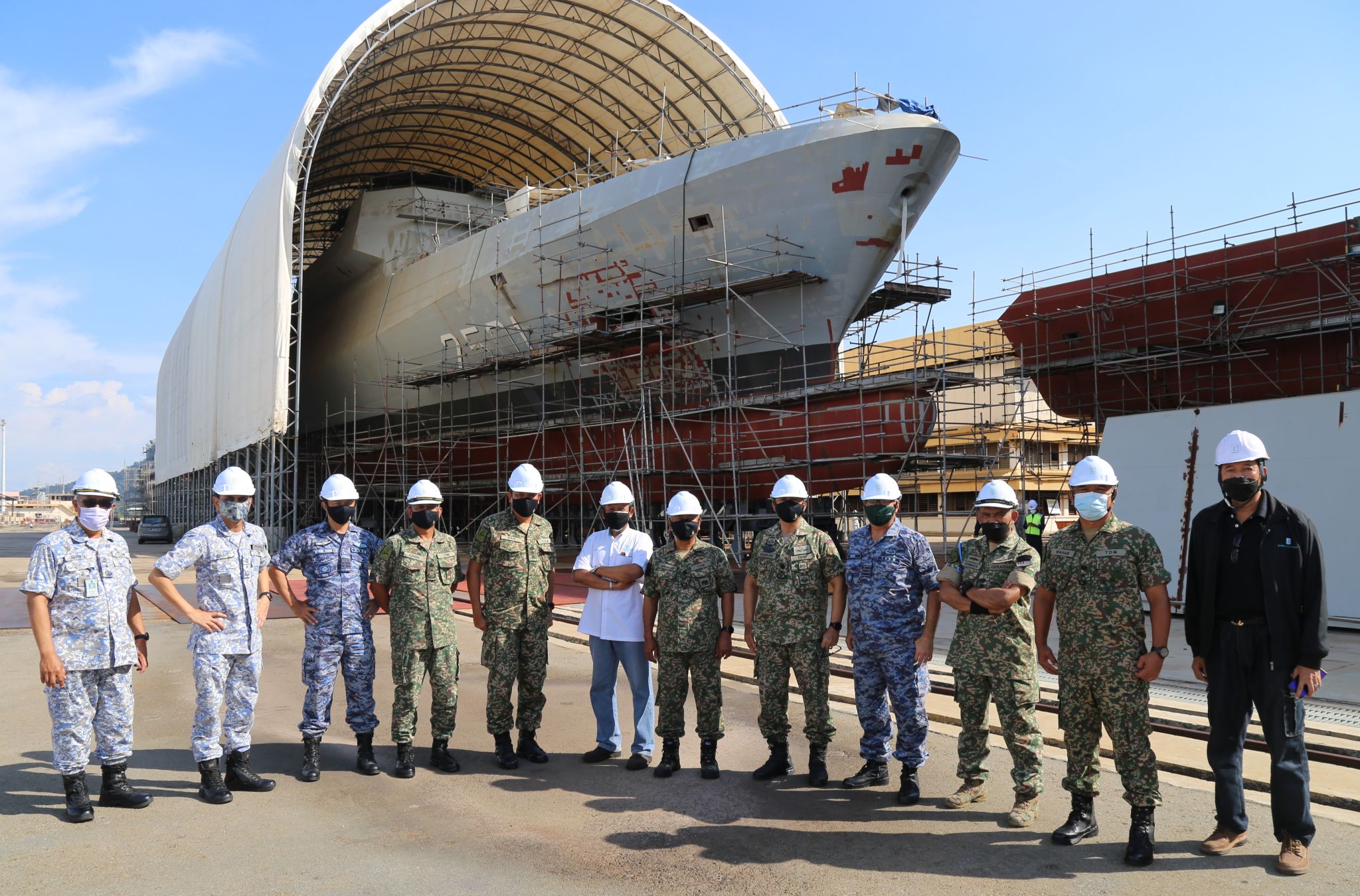
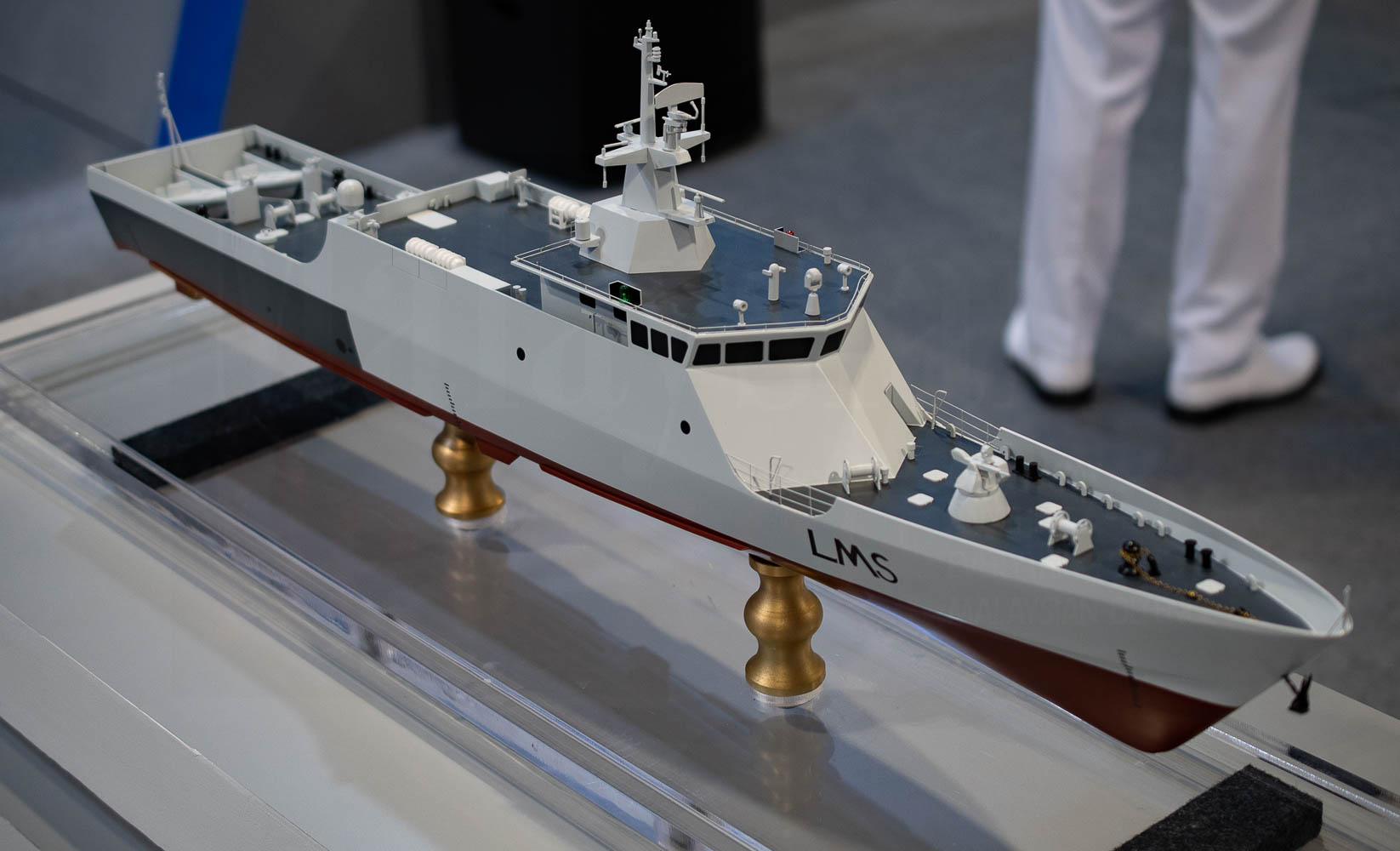
Is there any chance of the sailors still alive? If not, may their souls rest in peace
Looking at our dismal record at finding missing things, Indonesia would do better without our ‘help’. Just stay out of the way and let the pros handle it.
This incident only highlights the need for sub equipped navies to have a rescue capability. It’s good that despite just having 2 subs we’ve seen the need to have a rescue capability. In cases like this; the more hulls there are out there searching; the better. The Indonesians will lead the effort but all will have a vital role to play.
The Mega Bakti has participated in a number of international sub rescue exercises and is certified to work with the USN. Participating in this effort helps a neighbour and also provides the crew with actual experience.
Semoga dipermudahkan segala urusan
Amin
#silentservicebrotherhood
An indonesian top brass said the oxygen can only last till 3pm on Saturday. The singaporean ship can only be there on the 25th and ours on the 26th.
Is there not a faster way to get search and rescue subs to a location?
Repl
One could fly the rescue subs to Bali but it need a ship equipped with the needed things like a crane and other stuff.
@joe,
If you’re talking about MH370, to be fair even the pros couldn’t find it. And as far as SAR is concerned, I think our record has been OK.
And i m curious to know who are the pros in this case..AFAIK none of the countries called (SG, AUS) have had any experience rescuing subs.
Godspeed n have a successful operation. Stay safe
@ASM
Pros that managed to find and salvaged AWQ8501, SJY182, LNI610, could even try roping in the pros that successfully found ARA San Juan. Pros that got the job done, grim tho it may be.
ASM,
A profound difference with MH370 and the sub is that it was uncertain as to where it went down – the Indian Ocean is a very large area; stretching far westwards on the fringes of Africa right all the way eastwards to Australia. With the sub we know with absolute certainty where it was operating and have narrowed down the area. In this case; the “pros” would be the navies who have had decades of sub experience and who have long invested in the resources needed for sub rescue driven by the fact that they’ve long had to deal with sub disasters.
The “sub talks” we’ve long had (one was held in Guam) with the USN and the RAN are intended to help us gain the knowledge and experience and it’s unsurprising that the Mega Bakti is certified to work with the USN and has participated in a number of rescue exercises alongside the USN, RAN, ROKN and others.
In addition to the USN; a country which has an extensive sub rescue capability is Russia. It also has a long history of sub disasters.
@Azlan,
Indeed the MH370 situation is quite different than this one. That I do agree with. However I disagree with @Joe’s view that we’ve been botching SAR jobs; incidents like the missing Nora’s case and Mt Kinabalu quake were sensationalised by the media rather than a lack of effort or expertise.
@joe, those pros you mentioned are those involved in salvage operations where the victims are already confirmed to be dead. This case it’s still uncertain; hopefully they are still alive by the time help arrives
Just wondering are those indonesian ships searching for the sub equipped with towed array sonar or just ship hull sonar?. I believe towed array sonar will be more more effective in locating sub due to the thermocline layer. Is mv mega bakti equipped with that?
Reply
Nope most submarine rescue vessels need the help of other ships to detect and locate the precise location of their intended rescue.
ASM – ”were sensationalised by the media rather than a lack of effort or expertise.”
Irrespective of how ”pro” and experienced rescuers need up to date accurate information. Factors like weather, timing, etc, are also important. Another issue is coordination; especially when there are different agencies involved; each answering to separate chains of command, each with different ways of doing things and each with different expertise.
BTW, back in the early 1990’s a group of Hong Kong based Brit servicemen got lost in Mount Kinabalu; Low’s Gully. We found them and got them out with a Nuri.
@ASM
A sub hull is only rated to withstand certain max depth and usually its system will prevent it from breaching that. If it were to suffer electrical failures (most likely), the failsafe systems would be shot and it would sink until reaching seafloor. From Kursk & San Juan, once a sub lost its ability to maintain buoyancy, it will go down until the pressure hull ruptures below max depth.
All would hope for the best of course but the odds are not in their favour. Salvaging and finding out what happened at least gives closure, unlike MH370. The grim tasks is awaits.
Csl,
The TNI has deployed one of its ex DDR Kondor MCMVs. It’s sonar is designed to scan the seabed for objects. Towed arrays are not designed to scan the seabed. Same with the sonars on the Mahamirus and the “obstacle avoidance” ones on the Kedahs.
The one advantage that sub rescue ships have is that they can deploy DSRVs to have a closer look and to rescue crews.
ASM,
Yes both scenarios are very different. MH370’s crash was not observed by radar and the Indian Ocean is about 70 million square KM. With the sub we at know the area it was in; if not it’s exact location.
BTW, back in the early 1990’s a group of Hong Kong based Brit servicemen got lost in Mount Kinabalu; Low’s Gully. We found them and got them out with a Nuri….read somewhere IINM Brit thought it was impossible/crazy to use Nuri but TUDM did it.
nimitz,
In the 1980’s a rest house was constructed near the summit of Mount Kinabalu. A Nuri was tasked with flying building materials. The crew has to wear oxygen masks because of the altitude.